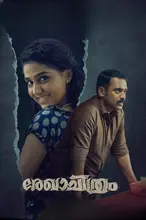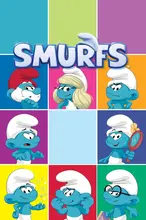In a small, bustling town, a teenager named Henry is recruited by a mysterious superhero known as Captain Man. Henry's life takes an impressive turn when he becomes his sidekick, using his cleverness and energy to battle a series of eccentric villains threatening the peace of the place. With his new "Danger Boy" suit, Henry plunges into a world full of crazy gadgets, jokes, and absurd situations, where danger is never too far away.






